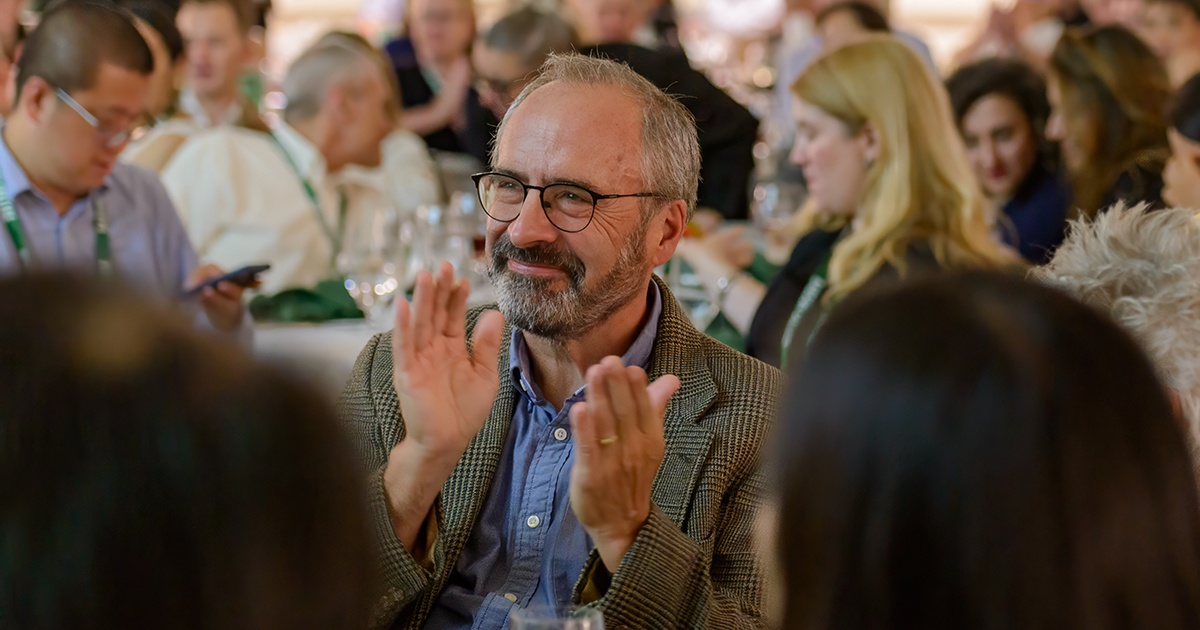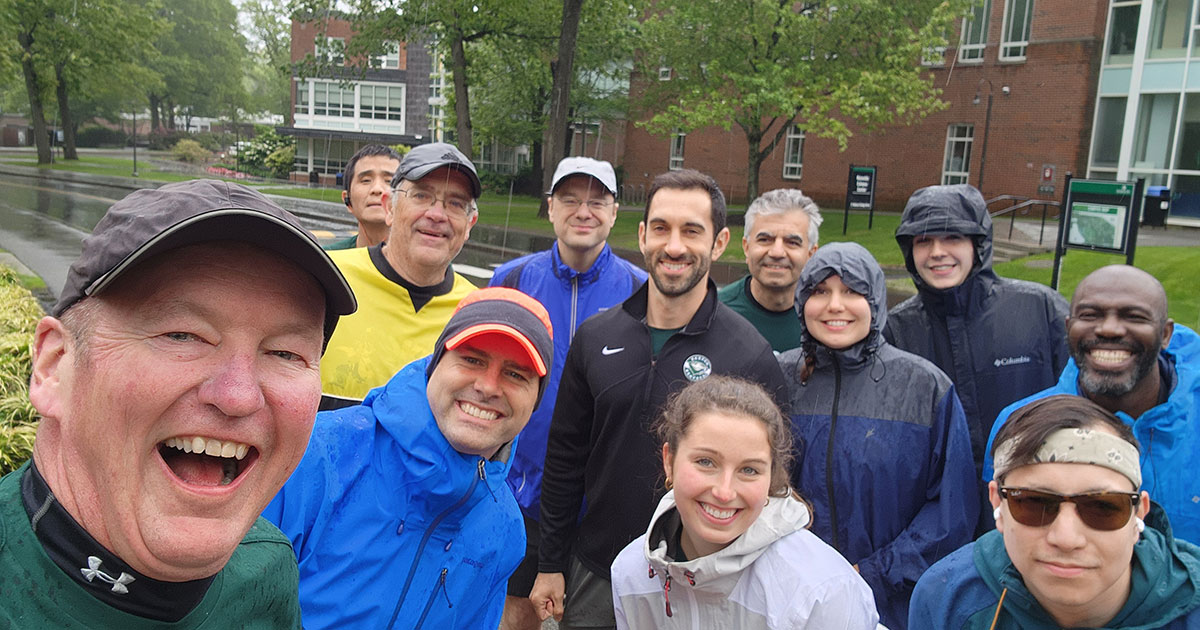Why Do Innovation and Creativity Thrive in Crisis?

“Innovation and creativity love crises and constraints.”
According to Professor Jay Rao, the current global health crisis is catalyzing innovation in organizations around the world.
For example, James Dyson, of vacuum cleaner fame, designed a new ventilator in just 10 days. Ford, GM, and Tesla are teaming up to produce ventilators for GE. Google and Apple are collaborating on contact tracing efforts for COVID-19. In every industry, organizations are bringing their most creative and solution-oriented ideas to market in record time.
In a series of webinars, Rao explored why companies are able to step up and innovate in times of crises. He also made a case for why entrepreneurial leaders are so good at navigating the uncertainty of the current business landscape to problem solve and take swift action.
Discover online programs from Babson Executive Education designed to help you navigate today’s uncertainty and grow as an entrepreneurial leader.
Catalyzing Innovation and Creativity
“In good times, companies get fat, dumb, and happy when it comes to innovation,” says Rao. “There are no boundaries, and it’s chaos.”
In contrast, a crisis situation offers the chance to laser-focus all the innovation and creativity toward a very real problem. “The problems are much more in your face,” says Rao.
“At its heart, entrepreneurial leadership is about problem solving.”
Professor Jay Rao
Innovators should constantly ask themselves if they’ve correctly identified the customer’s pain point. Normally, Rao says it’s easy to fall in love with a solution first and back into the problem it solves. “In a crisis, we make fewer mistakes in the choice of the problem, and we do a much better job about picking solutions.”
Another silver lining is that people become both more open minded and efficient. Rao describes “more openness to broad scanning for possible alternatives, and radical, novel solutions.”
Entrepreneurial Leaders Take Action
Turning innovation and creativity into action is essential in times of crisis, and Rao says that entrepreneurial leaders are among the best at activating their teams.
“At its heart, entrepreneurial leadership is about problem solving,” he says.
According to Rao, entrepreneurial leaders share three defining traits that make them different from other leaders: they are amazing risk managers, they are great uncertainty navigators, and they thrive in exploring ambiguity. Consequently, entrepreneurial leaders can innovate their way into the future.
Rao argues that today’s conditions are perfect for spotting your company’s future entrepreneurial leaders. “Look for those who step up, those who take initiative,” he says.
“Entrepreneurial leaders are some of the fastest learners because they are among the best experimenters. They aren’t worried about being wrong, but will very quickly change directions when they are. They know inaction is worse than making a mistake.”
Posted in Insights






